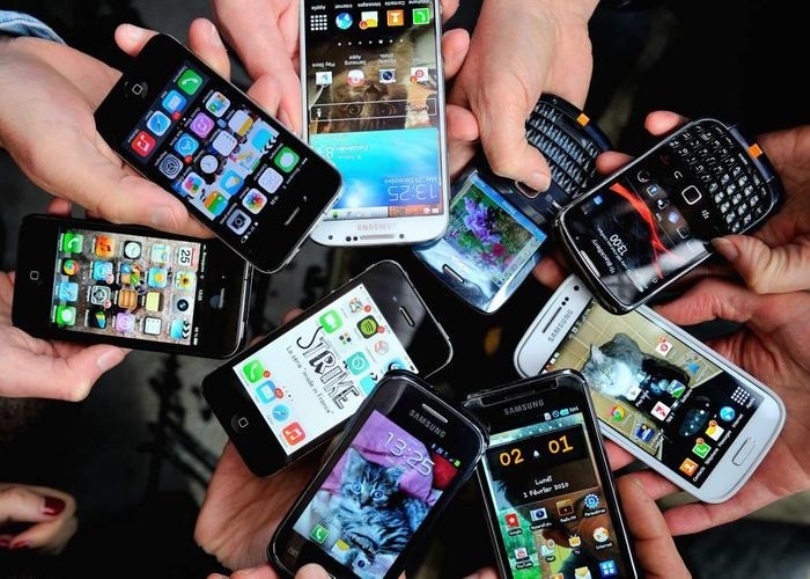Kathmandu: For the first time in five years, smartphone sales in Nepal increased during this year’s Dashain festival. Due to Nepalis’ tendency to plan purchases around the festive season, mobile phone imports and customs data indicate a significant rise in smartphone consumption this Dashain.
According to the Department of Customs, mobile phones worth Rs 8.87 billion (customs valuation) — totaling 500,000 units — were imported in the months of Shrawan and Bhadra (mid-July to mid-September). The last time Dashain-related mobile imports surged was during the COVID-19 period. In 2021 (fiscal year 2078), Nepal imported mobile phones worth Rs 10 billion.
Before that, in 2020 (2077), imports were worth Rs 7.94 billion. Since 2022 (2079), mobile imports around Dashain had been gradually declining, but this year they returned to pre-pandemic levels.
The imported mobiles during Shrawan and Bhadra were primarily intended for Dashain sales. Compared with previous years, this year’s import volume was notably higher. Rising consumer demand for newer, more advanced smartphones and the trend of frequently upgrading devices have also contributed to this growth.
Mobile phones imported into Nepal are subject to 13 percent VAT and 5 percent excise duty, meaning 18.65 percent of the total cost goes to the government as tax. According to the Mobile Importers’ Association, importers and retailers add around 5.5 percent profit margin, and by the time a phone reaches consumers, retail markups increase the price by roughly 40 percent compared to its import cost.
Thus, this year’s Rs 8.87 billion worth of imported phones would amount to about Rs 12.42 billion in total market value after adding the 40 percent retail markup, according to the association.
In total, 500,000 mobile phones were imported this Shrawan and Bhadra, compared to 454,000 units during the same period last year. Before that, imports were 366,000 units in 2080 and 438,000 units in 2022. During the COVID-19 year (2021), however, a record 1.49 million phones worth Rs 10.36 billion were imported within just two months.
Mobile retailers say all the imported phones have been consumed domestically. Middle-class Nepalis, including those working in corporate sectors, typically replace their phones every 1–2 years, while general users do so every 3–4 years. As a result, the shift toward higher-end models has driven a steady rise in expensive smartphone use.
Nepali consumers increasingly prefer to upgrade to higher-range models each time they buy a new phone. Consequently, while the number of imported units has not drastically increased, the customs value has risen sharply due to higher-priced devices. The availability of EMI (installment) options has also boosted new smartphone purchases, retailers say.
Nepal is gradually moving away from inexpensive bar phones. According to Nepal Telecom, around 3 million users still operate on 2G networks using such phones. However, the introduction of AI-enabled and 5G-compatible smartphones has driven consumers toward more advanced devices.
Data usage patterns also confirm this shift. As of mid-July, according to Nepal Telecommunications Authority (NTA), there were 26.6 million mobile data users, of which 25.7 million use 4G, and only 846,000 remain on 3G. The dominance of 4G users reflects the rapid growth of smartphone penetration in Nepal.
Retailers add that Nepali consumers often purchase newly launched phone models on the same day of release, leading to quick sellouts of premium versions. This indicates a strong market appetite for high-end, technologically advanced smartphones in Nepal.



Comment Here